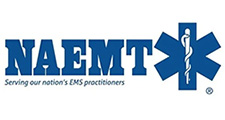
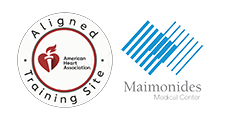

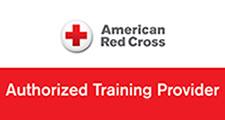
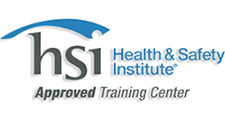
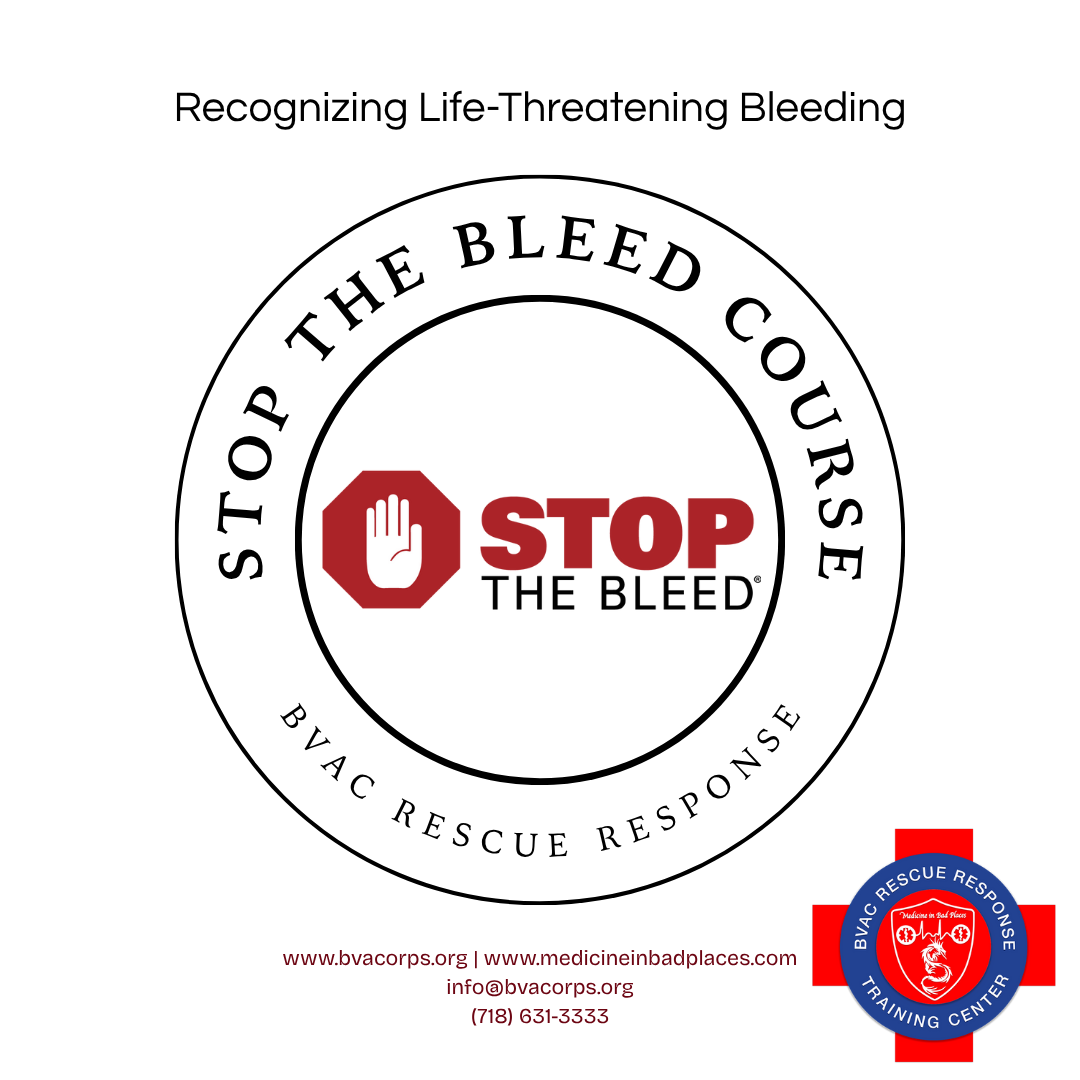
The "Stop the Bleed" course is a comprehensive training program developed to equip individuals with the skills and knowledge needed to respond effectively to severe bleeding emergencies. The course is typically structured into modules that cover various aspects of bleeding control and emergency response.
Introduction to Bleeding Control:
Introduction to the importance of controlling bleeding in emergency situations. Participants learn about the significance of rapid intervention and how uncontrolled bleeding can lead to severe injury or death.
Recognizing Life-Threatening Bleeding:
Participants are taught how to recognize signs of life-threatening bleeding, such as large wounds, bleeding that does not stop, or bleeding that is pulsating. They learn to assess the severity of bleeding and how to prioritize care based on the victim's condition.
Direct Pressure Technique:
One of the primary techniques taught in the course is the application of direct pressure to control bleeding. Participants learn how to apply firm pressure to a wound using their hands or dressing materials to help stem the flow of blood.
Wound Packing: In cases where direct pressure alone is not sufficient to control bleeding, participants learn how to pack wounds with gauze or other materials to apply pressure internally and promote clotting.
Tourniquet Application:
Tourniquets are devices used to constrict blood flow to a limb in cases of severe bleeding. Participants learn when and how to apply tourniquets effectively, including proper placement and tightening to achieve hemostasis without causing further harm.
Hemostatic Agents:
The use of hemostatic agents, such as special gauzes or powders designed to promote blood clotting. Participants learn how to apply these agents safely and effectively in bleeding wounds.
Hands-On Practice:
Hands-on practice is a crucial component of the Stop the Bleed course. Participants have the opportunity to practice the techniques they've learned on training mannequins or simulated wounds under the guidance of instructors.
Scenario-Based Training:
Scenario-based training to simulate real-life bleeding emergencies. Participants may work in teams to respond to simulated trauma scenarios, applying the skills they've learned under pressure.
Additional Resources and Support:
Participants are provided with additional resources, such as reference materials or online resources, to reinforce their learning and continue building their skills beyond the course.
| Event Date | 11-02-2025 11:00 am |
| Event End Date | 11-02-2025 1:00 pm |
| Cut Off Date | 11-02-2025 |
| Individual Price | 49.00 |
| Location | BVAC Rescue Response Training Center |
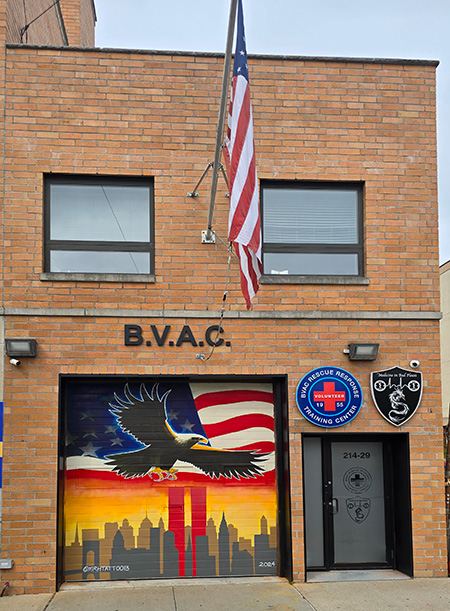
BVAC Rescue Response Training Center
214-29 42nd Ave
Bayside, NY 11361
Located on the Second Floor, No Elevator.
Located in the center of Bayside Queens
1 block east from Bell Blvd on 42nd Ave (Cross streets - Bell Blvd & 214 Place.
Near the LIRR (Bayside Station), Q13, Q31, N20 (Two blocks north of Northern BLVD).
Street Parking - Meter Parking on 42nd Ave
If you leave a deposit, the full course price will appear initially as you’re directed to the payment portal.
Once you reach the portal, only the deposit amount will be charged — not the full price.
Stop the Bleed Training Course1. Welcome and Introduction
2. Understanding Severe Bleeding
3. Applying Direct Pressure
4. Wound Packing Techniques
5. Tourniquet Application
6. Special Considerations and Scenarios
7. Review and Final Practice
8. Course Conclusion and Certification
Total Time: 90 minutes This agenda balances lecture, demonstration, and hands-on practice to ensure participants gain confidence in bleeding control techniques. Subject to change. |
Headquarters:
214-29 42nd Avenue
Bayside, New York 11361
Mailing Address:
P.O. Box 610606
Bayside, New York 11361
Phone: + 1 (718) 631-3333
Contact Form
